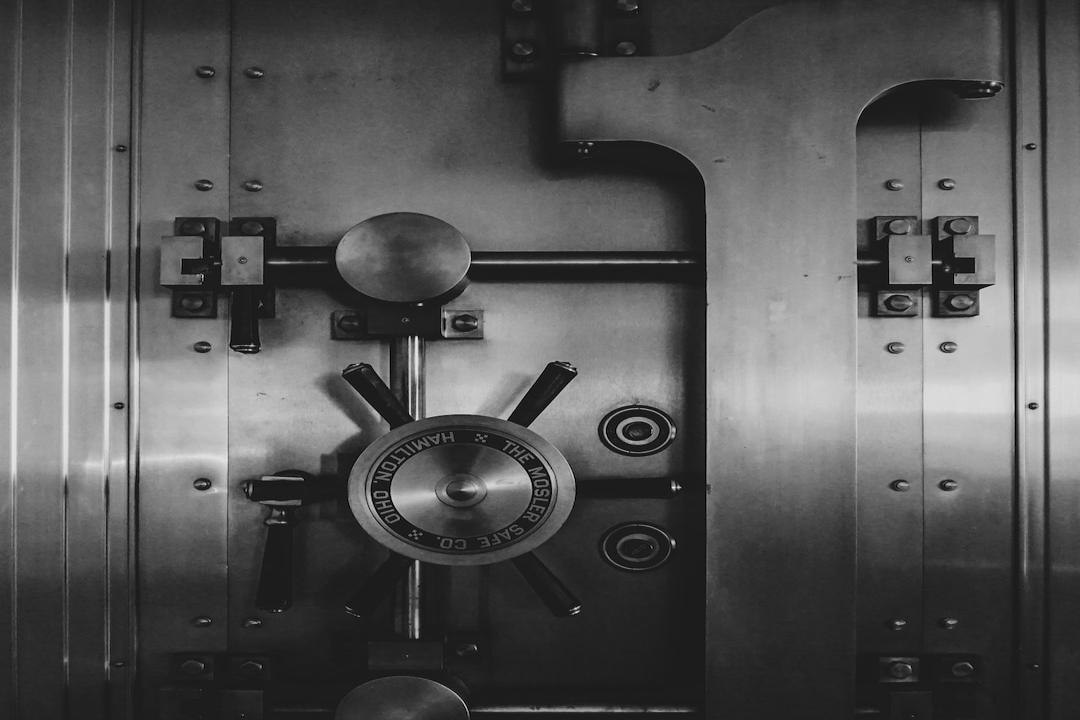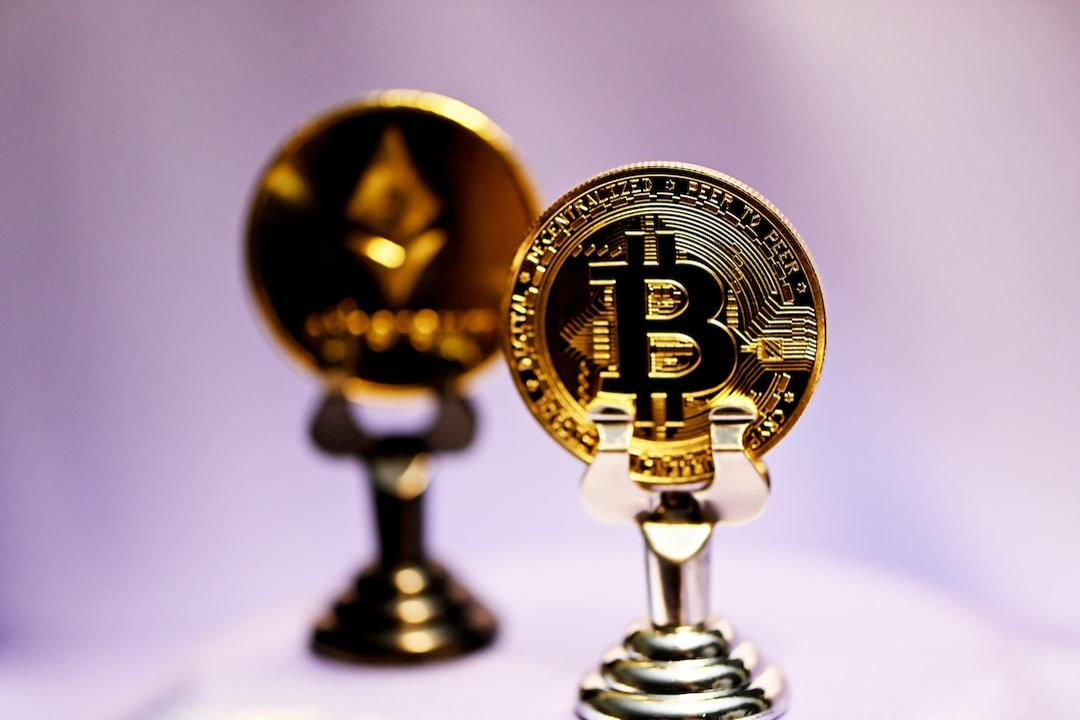**The Recent Bitcoin Trends: A Tale of Extremes**
Bitcoin’s recent journey has been a rollercoaster ride. Mid-June saw BTC surge dramatically with a bullish candlestick following the CPI data release, pushing the price close to $70,000. However, after Powell’s statement about not lowering interest rates, Bitcoin plummeted below the $60,000 mark.
This year, Bitcoin has enjoyed three significant boons:
1. Spot ETF approval
2. Bitcoin halving
3. Federal Reserve rate cuts
Out of these, two have already materialized.

In January, following the approval of Bitcoin’s spot ETF, the price skyrocketed from $30,000 to over $40,000. The April Bitcoin halving event saw the price break the $60,000 barrier, fluctuating between $60,000 and $70,000 since then. Now, the big question remains: if the Federal Reserve lowers rates, how high can Bitcoin go?
Our research team has delved into this question to provide some clarity.
**The Impact of Previous Rate Cuts**
Despite frequent news about rate hikes and cuts, the Federal Reserve last cut rates in 2020 due to the pandemic, reducing US Treasury yields to zero. The prior cut was in late 2019, around six months apart, forming a single cycle.

The previous significant rate cuts trace back to the 2007-08 financial crisis, predating Bitcoin’s existence. Thus, we analyze from the 2019 cuts onward to gauge the Fed’s influence on Bitcoin prices.
**The First Rate Cut of 2019**
The 2019 rate cuts spanned from July to October. Bitcoin’s price trend on CoinGecko during 2019 shows:

The red highlighted area marks the rate cut period.
Overlaying the Fed’s benchmark interest rates, we see:

Bitcoin started 2019 at $3,000-$4,000, doubling to $8,000 by mid-year. Following the rate cut announcement, Bitcoin peaked at $10,000 in July, only to decline afterward. This suggests the rate cuts didn’t significantly boost Bitcoin.
**The Second Rate Cut of 2020**
In March 2020, the Fed enacted another rate cut.
On March 3, 2020, the rate was reduced by 50 basis points. Another reduction on March 15 brought the federal funds rate to 0%-0.25%.

However, Bitcoin remained around $5,000 without an immediate surge, only rising significantly by year-end to surpass $30,000. Throughout this Bitcoin growth phase, the Fed’s rates remained low.
**Bitcoin and Treasury Yields**
Examining the negligible impact of rate cuts on BTC, some suggest looking at US Treasury yields, direct competitors for funds.
Our research team accessed data from the US Treasury:

Using this data, we plotted five-year Treasury yields against Bitcoin prices:

In 2019, Treasury yields dropped from 3% to below 2%, while Bitcoin rose from $3,000 to $10,000. Yet, further yield declines didn’t spike Bitcoin, taking over six months for Bitcoin to react. This raises questions about the influence of interest rates on Bitcoin and other potential factors.
**Bitcoin and Inflation**
Our team, with a solid financial background, believes macro analysis should consider both interest rates and inflation (CPI).
We plotted five-year CPI data against Bitcoin prices:

Interestingly, Bitcoin’s late-2020 surge coincided with rising US CPI.
We used five-year data due to its comprehensive nature, allowing multiple metric comparisons.

Only five-year data provides a complete picture.
**Real Interest Rates**
Our team found real interest rates more reflective of Bitcoin’s price influence. Real interest rates are Treasury yields minus inflation rates. Here’s the relationship between five-year real interest rates and Bitcoin:

Notably, in early 2019, despite no Fed rate cuts, rising inflation led to falling real yields, boosting Bitcoin. Later in 2019, with both rate cuts and declining inflation, real yields stayed between 0%-0.5%, keeping Bitcoin prices flat.
By 2021, inflation soared due to the pandemic, but low Treasury yields led to negative real yields, driving investors to alternatives like Bitcoin, sparking a price surge.
**Sustainability of Treasury Yields**
Today, the growing scale of US Treasury debt raises sustainability questions:

Over five years, US debt ballooned from $22 trillion to $34 trillion, while GDP hovered around $20 trillion:

Many argue the US can’t indefinitely outpace GDP growth with debt issuance. Eventually, tax revenues might not cover interest payments, necessitating rate cuts. This could echo the past three years’ trends:

**Potential Bitcoin Gains from Rate Cuts**
To summarize Bitcoin’s price drivers:
First, consider real interest rates, combining Fed rates and CPI.

If inflation persists, hold onto Bitcoin!
Second, the unsustainable growth of US Treasury debt versus GDP might challenge its anti-inflation status, benefiting Bitcoin.

Lastly, the US elections in November could be pivotal. Market expectations of pre-election rate cuts and debt debates could boost Bitcoin.

(P.S. Rumors of Biden not running and Trump tightening debt policies are circulating!)
Strong commitments to debt limits could trigger a Bitcoin bull run, potentially revisiting the $60,000 mark pre-2021 rate hikes.
Our best guess: If inflation remains steady and Fed rates drop to zero, Bitcoin could double to over $120,000. More realistically, a 50% rate cut to around 2% might push Bitcoin to $80,000-$100,000.

